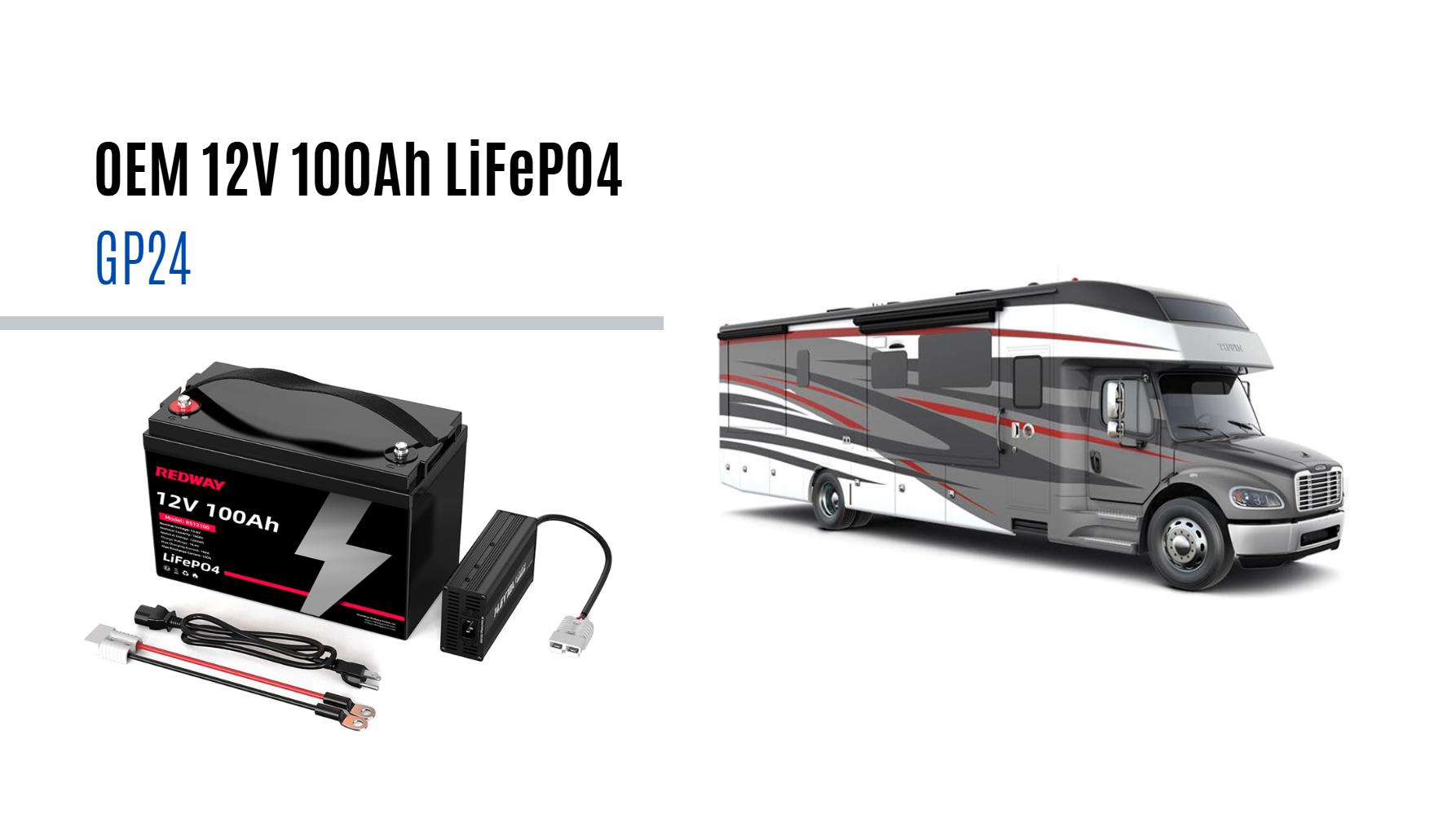Proper maintenance of Tiffin motorhome batteries ensures optimal performance and longevity. Begin by inspecting terminals every 60 days—corrosion can increase resistance by up to 0.3 ohms, reducing efficiency by 15%. Use a mixture of 1 tablespoon baking soda per cup of water for cleaning, followed by a dielectric grease application. For flooded lead-acid batteries, check electrolyte levels monthly and top up with distilled water only when plates are exposed. Lithium-ion users should perform cell balancing every 3-6 months using a Bluetooth-enabled BMS to maintain voltage variance below 0.05V between cells.
| Battery Type | Voltage Check Frequency | Maintenance Task |
|---|---|---|
| Flooded Lead-Acid | Every 30 days | Hydrometer testing (target: 1.265 SG) |
| AGM | Every 45 days | Terminal torque check (8-10 ft-lbs) |
| Lithium-Ion | Every 90 days | BMS firmware updates |
Why Is Ventilation Critical for Battery Compartments?
Hydrogen gas accumulation poses explosion risks—concentrations as low as 4% become combustible. For a standard 200Ah battery bank, install two 1.5-inch vents at opposite corners to enable crossflow. Use marine-grade vents with flame arrestors (meeting ABYC A-31 standards) in gasoline-powered motorhomes. Lithium batteries generate 80% less gas than lead-acid but still require 0.5 CFM airflow per 100Ah to dissipate heat during 40A+ charging. Always position vents downward since hydrogen rises—this prevents gas pockets from forming near ignition sources.
“Tiffin’s 2024 models feature forced-air ventilation systems with humidity sensors that trigger fans at 60% RH levels. This prevents terminal corrosion while maintaining safe gas dispersion,” notes RV battery safety consultant Mark Jennings.
How to Safely Store Tiffin Motorhome Batteries Long-Term?
Before storage, discharge lead-acid batteries to 50% SOC (12.06V) and lithium to 30% (13.2V). Use climate-controlled environments—temperature swings above 90°F accelerate self-discharge rates by 300%. For lead-acid, apply a 13.6V float charge monthly for 8 hours. Lithium batteries benefit from periodic wake-up cycles: discharge to 20% then recharge to 50% every 60 days. Store batteries on insulated surfaces—concrete floors can cause temperature differentials leading to case warping.
FAQ
- Q: Can I replace lead-acid with lithium batteries in my Tiffin?
- A: Yes, but upgrade charging systems and add a BMS. Lithium requires alternator protection modules to prevent overcurrent.
- Q: How often should I torque battery terminals?
- A: Every 6 months. Use 8–10 Nm for lead-acid, 12–15 Nm for lithium. Loose connections increase resistance by 200%.
- Q: Are AGM batteries safer than flooded?
- A: AGM batteries are spill-proof and tolerate deeper discharges (60% vs. 50% for flooded) but cost 30% more. Both require venting.




